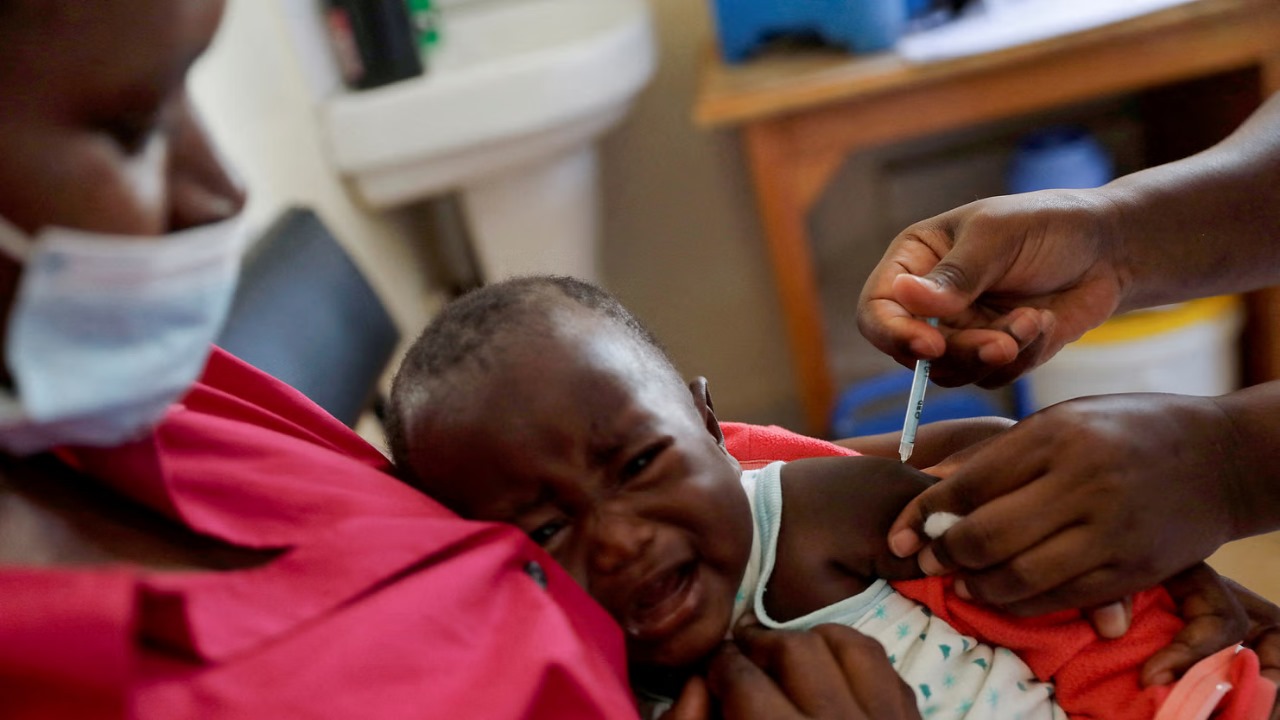
DiYES International School – Malaria Comas in Africa represent a critical health emergency that affects thousands of children annually. In sub-Saharan regions, hospitals often receive young patients who arrive unconscious due to severe malaria. While malaria itself is deadly, a new study published in The Lancet Global Health has brought attention to a more complex threat. Nearly one in four of these unconscious children also suffer from bacterial infections. These co-infections dramatically increase the risk of death and long-term brain injury. Many children could be saved if antibiotics were administered alongside antimalarial drugs immediately upon hospital arrival. However, delays caused by poor infrastructure and healthcare worker shortages worsen the situation. This article explores the scale of this hidden bacterial threat, the potential solutions being proposed, and how timely intervention could save more than 20000 lives each year.
Children facing Malaria Comas in Africa often arrive at medical centers after long and exhausting journeys. Many live in remote villages without easy access to transportation. Mothers typically carry convulsing or unconscious children on foot for several hours to reach the nearest clinic. Once they arrive, the treatment process is slowed due to understaffed facilities and the lack of immediate diagnostic tools. These delays mean that the dual threats of malaria and bacterial infection continue to damage the child’s body and brain. Current estimates suggest that only one child neurologist is available for every 4 million people in these rural areas. Without swift action, bacterial infections worsen the severity of the coma. By contrast, timely administration of antibiotics in conjunction with antimalarials has shown life-saving potential. Health experts argue that without change, preventable deaths and neurological disabilities will persist.
“Read about: 84–91% Effective: Clesrovimab Gains FDA Approval to Protect Babies from RSV”
Research now indicates that combining antibiotics with antimalarial drugs from the moment of admission could alter survival outcomes dramatically. Medical experts stress the importance of this combination especially for children who arrive already in comatose states. Sub-Saharan hospitals currently follow malaria-first treatment plans, and bacterial infections are often diagnosed late. The new study challenges that norm by proving that simultaneous antibiotic use prevents secondary infections from worsening. It is believed that over 20000 lives per year could be saved if hospitals implemented this revised approach. WHO has called for immediate revisions in treatment guidelines to reflect this reality. Training for medical staff must be expanded to include updated procedures. Hospitals should receive greater funding to stock both medications reliably. With this model, medical teams will respond more effectively to febrile comas, improving survival rates for young patients.
Rural clinics across Africa face immense challenges in providing fast and accurate care for children in comas. Roads to these health centers are often unpaved, and ambulance services remain limited or unavailable. Communities rely on word of mouth and informal transportation systems to get sick children to care. Once in the clinic, families encounter long wait times due to the low clinician-to-patient ratio. Health professionals often work without access to diagnostic equipment that could help distinguish between malaria and bacterial infections. This means treatment decisions are based on symptoms alone, increasing the chances of misdiagnosis. Governments and international health organizations must prioritize investments in rural health infrastructure. Better roads, more mobile clinics, and enhanced training programs can improve early diagnosis. Addressing these systemic weaknesses will reduce child mortality from malaria comas and bacterial coinfections significantly.
“Read more: Fighting Human Trafficking: ASEAN Reinforces Migrant Safety Measures”
The World Health Organization has responded to the findings by urging immediate policy updates across affected nations. New guidelines recommend starting antibiotic therapy as soon as febrile comas are identified, not just after a confirmed diagnosis. Countries must revise their hospital protocols and ensure that frontline workers follow the updated standards. This includes continuous medical education, efficient supply chain systems, and stronger community awareness programs. WHO also highlights the need to integrate these changes into national health plans. Local governments have been encouraged to work with NGOs and donor agencies to make this shift sustainable. The collaboration of sectors beyond healthcare such as transportation and education, will be critical. With unified efforts, the tragedies associated with malaria comas in Africa can be reduced. These changes offer a path toward saving thousands of children and improving long-term health outcomes in vulnerable regions.